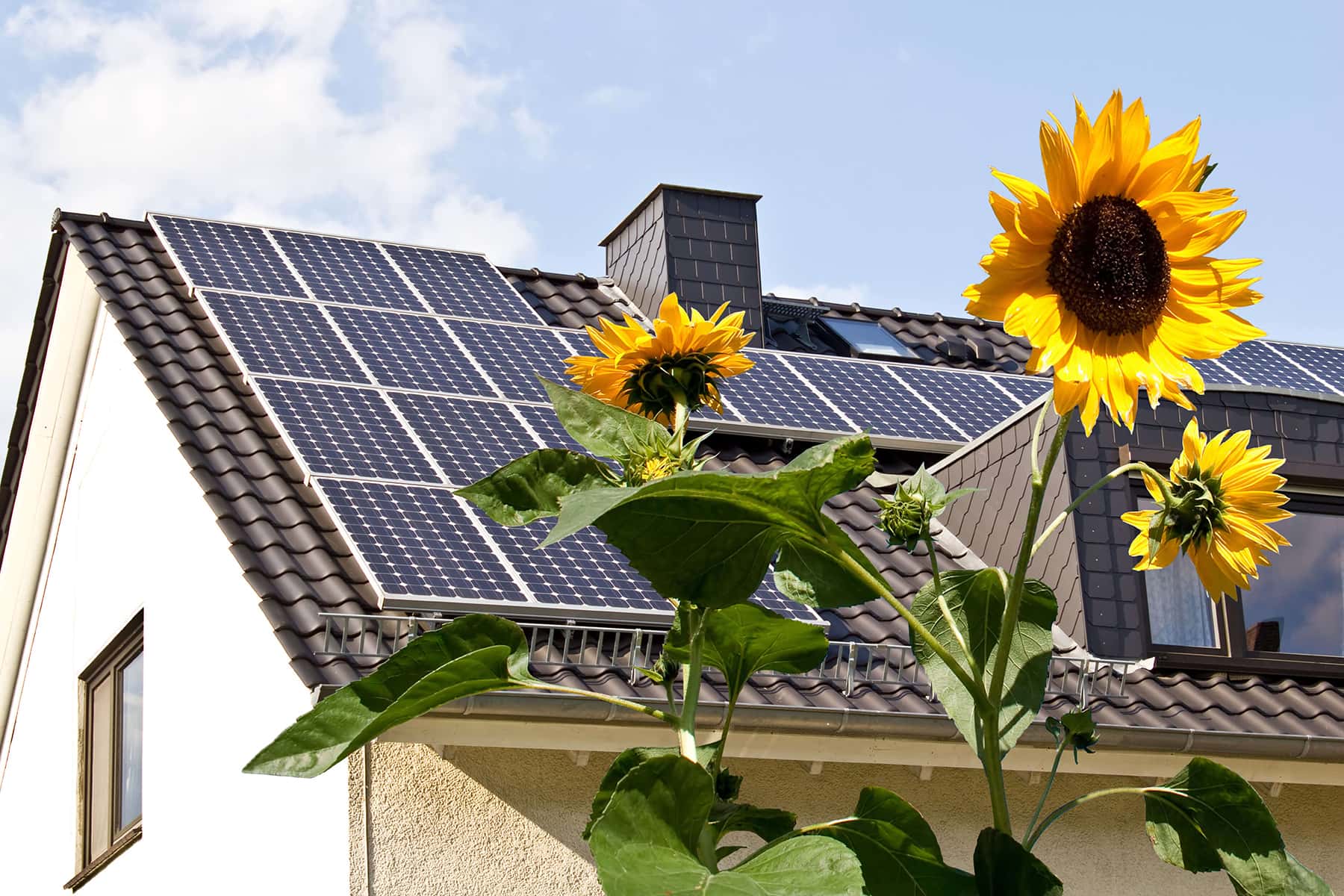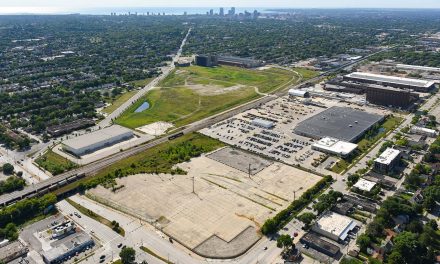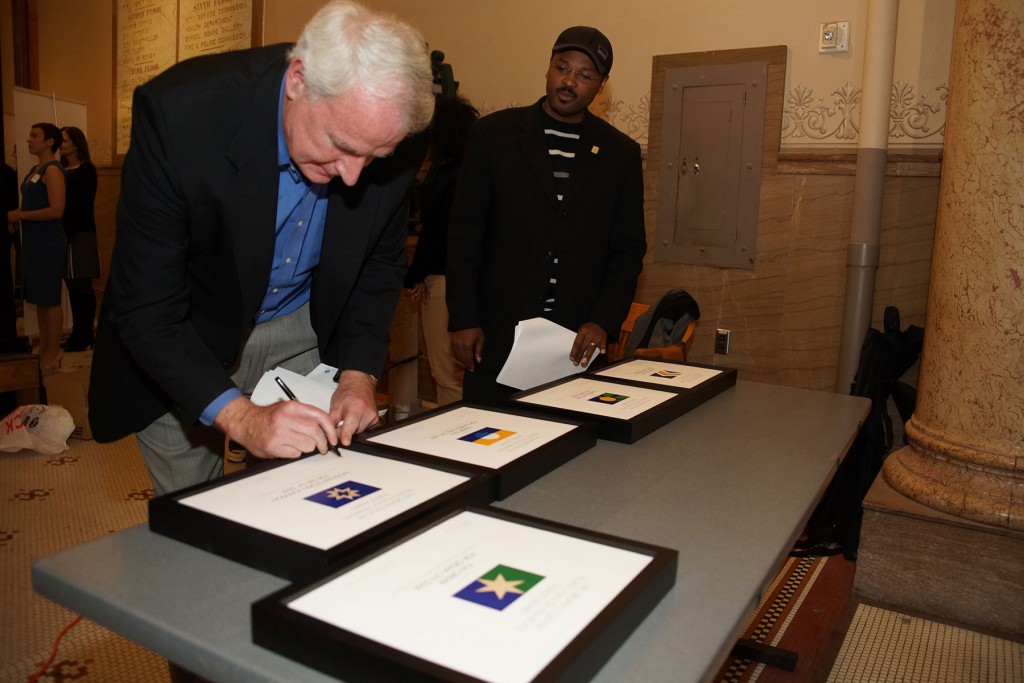
Electric vehicle (EV) sales are booming. EV owners are saving a ton of money on their daily commutes, as much as half the cost of gasoline, by just plugging into their homes every night to recharge.
But what if that home’s electricity wasn’t generated by a faraway dam or power plant, but from each car owner’s own home’s roof? The savings and convenience would be revolutionary. And there is a way to get there, as the technology is already mature and in use in other countries like Germany: we simply shift from a central-power-plant system to a locally-generated-rooftop-system where the utilities, rather than just supplying power, are instead using “smart grids” to keep the entire community up and running even when individual homes have system failures.
It is even possible that some of the $73 billion allocated for grid upgrades in the BIF infrastructure bill passed last Friday could make it happen, although the for-profit utilities are, you can bet, working frantically right now to figure out how to prevent that from happening.
In September, 2009 I was invited to join German Member of Parliament Herman Scheer to give presentations at a conference put on at the Centre de Cultura Contemporània de Barcelona in Spain. Almost a decade earlier, Scheer had shepherded his “100,000 Rooftops” program through the German Parliament and was eager to talk about how it worked and could work in Spain.
By the late 1990s, Germany was facing an energy crisis of sorts: people were freaked out about the nation’s nuclear plants and wanted them shut down. For good reason, it turns out. Back in 1986, I flew into Frankfurt to finalize my work visa to move my family to Germany for the following thirteen months. It was a gray, rainy day when I walked out of the Hauptbahnhof in downtown Frankfurt to walk a block or two to my favorite hotel.
I was shocked to see the city I had visited so many times completely empty of pedestrians and nearly drained of cars. At the hotel, the clerk was frantic to take my wet hat and raincoat and send them to the hotel’s laundry. “Chernobyl melted down two weeks ago,” he told me, “and the cloud with the radiation is right above us now. You must go take a shower immediately!”
As I learned living in rural northwest West Germany for the rest of that year and most of 1987, all of Germany was as flipped out as the hotel clerk.
I’d brought a hand-held Geiger counter with me when we moved, and walking through the rural supermarkets it’d occasionally click rapidly, particularly when I passed local mushrooms or meat. That would always draw a crowd (and dirty stares from the shopkeepers)!
And I wasn’t the only one walking around with a Geiger counter: the German government had to change the acceptable standard for radiation in milk, and people were constantly finding “hot” radioactive particles from Chernobyl in the nearby forests.
Germans wanted to get rid of their nuclear power, but how? They did not want to revert to more coal or oil power; that is why they had gone to nuclear in the first place. So Scheer’s original proposal, as he laid out the concept to me, was simple and elegant.
Banks would loan people the money to put rooftop solar on their houses at a super-low interest rate, with defaults backstopped by the government. Power utilities would buy surplus power from those homes at a “feed-in tariff” rate that was higher than the retail price of electricity until their bank loans were paid off (typically 5-10 years).
The tariffs were set so, for example, if the monthly payments on your loan for your rooftop solar system were $100, the local utility would be paying you (or reducing your normal electric bill) by around $100 a month as that “feed in tariff.” The tariff payments would last until your loan was paid off: you’d get the solar system, which will last for decades, for free.
As more and more homes came online, the power that was then being generated by nuclear plants would be replaced by electricity from the “100,000 rooftops” and the extra expense to the utilities for the feed-in tariffs would still cost less than building a new power plant, be it nuclear or fossil fuel-powered.
Everybody wins economically, the government handles the risk by backstopping the banks and utilities, and Germany gets off its growing nuclear power addiction. Scheer got the feed-in tariffs passed in 1999 as part of his 100,000 Rooftops program, followed by the German Renewable Energy Act of 2000. It wasn’t implemented as simply and elegantly as I’ve described here and as he shared with me over lunch in Barcelona (politics intervened, of course), but it got a long way there.
Other countries around the world copied parts of his program, although some of Germany’s for-profit and regional utilities were committed to sabotaging it and have had some successes in that effort since his untimely death at age 66 in 2010.
And in most parts of the world — and most all of the USA — solar works even better than in Germany, which is the cloudiest country in Europe and at the same latitude as Calgary. The science proving this can work even better in the US is both solid and irrefutable.
Today, as a result of Scheer’s visionary leadership two decades ago, over a million German homes have both solar panels and battery storage, and the country is upgrading their system to a “smart grid” to handle it all. There is an absolutely amazing collection of charts and graphs explaining it all here.
Additionally, they are shutting down their last nuke next year, and beginning the process of phasing out coal. As the MIT Technology Review notes: “The country avoided pumping about 74 million metric tons of carbon dioxide into the atmosphere in 2009. The German environment ministry also touts a side benefit: nearly 300,000 new jobs in clean power.”
In a way, this is just taking the future back to the past. It used to be that every home in America had its own power-plant to produce heat and lighting. If we’re committed to reaching zero emissions, we must return to that goal of local self-sufficiency, this time with free power from the sun and wind instead of clear-cutting forests, producing radioactive waste, or burning fossils.
First, some history to put the situation in context. From the early 1600s right up until the 1880s, every home in the United States had its own power plant, generating its own heat and light, mostly from wood and whale or vegetable oil. Houses were small and often built so only a few rooms were heated in the winter.
A big technological leap happened in 1742 when Ben Franklin dramatically increased the efficiency of wood heat by inventing the “Franklin Stove” technology, still in use today. Franklin both baffled the base of the chimney at the top of the stove to extract more heat, and sealed the firebox, which reduced the amount of warmed air that was drawn out of the room and wasted up the chimney, a huge problem with open fireplaces and early wood stoves.
The 1880s saw coal begin to replace wood in a big way across America, as both coal mines and railroads were coming online. If you’re a real estate aficionado, you know that it was around that decade that Americans started building larger, multi-story and multi-bedroom homes, particularly in remote northern areas like New England where the land had, by then, been largely stripped of trees and turned over to hardscrabble farming and sheep and cattle grazing.
It is why the huge forests of Vermont and New Hampshire, for example, are almost entirely made up of trees fewer than 150 years old. By the 1880s both states were almost entirely denuded because of the need for wood for heat in the winter. Starting that decade, as coal became widely available, forests began to regrow and people began building larger houses.
The era from the 1890s to the 1930s saw the development of the first central electric power generating stations, with the first coal-powered one brought online by Thomas Edison in 1882 on Pearl Street in Manhattan and George Westinghouse’s electrification of the city of Buffalo with the Niagara Falls power station that came online in 1896.
Utilities were largely confined to large cities where it was convenient for them to electrify people’s homes, even when the utilities were city-owned. In 1935, FDR created the Rural Electrification Administration (REA) and the following year Congress created a backstop program offering up to 25-year ultra-low-interest loans for rural utilities and to electrify individual homes and farms, and state and local governments.
By 1943 over 380,000 miles of power lines had been installed, bringing electricity to over a million people; by 1960 over 97 percent of Americans had electric power supplied either by privately owned for-profit utilities or electric power companies owned by their customers (electric co-ops) or local or state governments (publicly-owned utilities).
Around the world, roughly 71 percent of utilities are owned by “the people” rather than private, investor-owned for-profit corporations. In the US, though, the shift to neoliberal “free market” policies that accompanied Reagan’s abandonment of FDR’s Keynesian New Deal policies led, in the 1980s and 1990s, to a massive consolidation of electric generating capacity in the hands of for-profit companies.
Reagan’s neoliberal power policies blew up in the nation’s face early in the George W. Bush administration with the 2001 Enron scandal, where that for-profit power company intentionally browned-out large chunks of California to both increase its own profits and to politically destroy Gray Davis, the then-California governor who had initiated multiple investigations into the company and publicly called for its executives to go to jail.
Today, while over 2000 American communities have power from publicly owned entities and over 800 electric co-ops operate to their homeowners’ benefit, although, sadly, over half of the electric utilities in America are run as for-profit corporations that put investor returns above serving their communities – as Texas learned last year.
That for-profit ownership will be the biggest obstacle to returning power from central generation back to local production, because it will require a restructuring of the business model utilities use from “generation” to “generation and management” of the new smart grids. But it is entirely possible.
The Biden White House points out that we can do the same as Germany here, and probably at a much larger scale since the cost of both solar and wind power are now less than a tenth of what they were in 1999 when Germany began the process; they have fallen by another 89 percent in just the past decade.
It is now cheaper to build and operate new large-scale wind or solar plants in nearly half the world than it would be to run an existing coal or gas-fired power plant. As the recent Texas power outages demonstrated, our aging electric grid needs urgent modernization. A Department of Energy study found that power outages cost the U.S. economy up to $70 billion annually.
These are real costs and also cause real hardships every time a climate-change-caused weather, drought or wildfire disaster cuts homes off from the electric grid for days or weeks at a time. And the impacts aren’t just economic: people die from loss of power. Just in Texas during the two weeks Ted Cruz fled with his kids to Cancun when the state’s antiquated for-profit grid failed in a snowstorm, at least 111 people died.
The Biden administration says they were committed to fixing that:
“The deal’s $73 billion investment is the single largest investment in clean energy transmission in American history,” the White House noted. “It upgrades our power infrastructure, including by building thousands of miles of new, resilient transmission lines to facilitate the expansion of renewable energy. It creates a new Grid Deployment Authority, invests in research and development for advanced transmission and electricity distribution technologies, and promotes smart grid technologies that deliver flexibility and resilience.”
The challenge now is going to be directing that money to actual renewable programs that localize energy generation at the home, neighborhood, and town or city level.
If the Biden administration and Congress can resist the pressure from the for-profit utility lobby and create a truly green-committed “Grid Deployment Authority,” we may one day soon see millions of American homes generating their own power just like my German friends do, including enough to charge their cars and get themselves to work.
That would truly be a new day in America. Let your politicians know that you want this money to be truly renewable, not just a gift to for-profit utilities and their aging power plants and long-distance transmission systems.
© Thom Hartmann, used with permission. Originally published on The Hartmann Report as Trump & His Dead-Ender’s Hateful Plan Revealed
Subscribe to The Hartmann Report directly and read the latest views about U.S politics and other fascinating subjects seven days a week.














